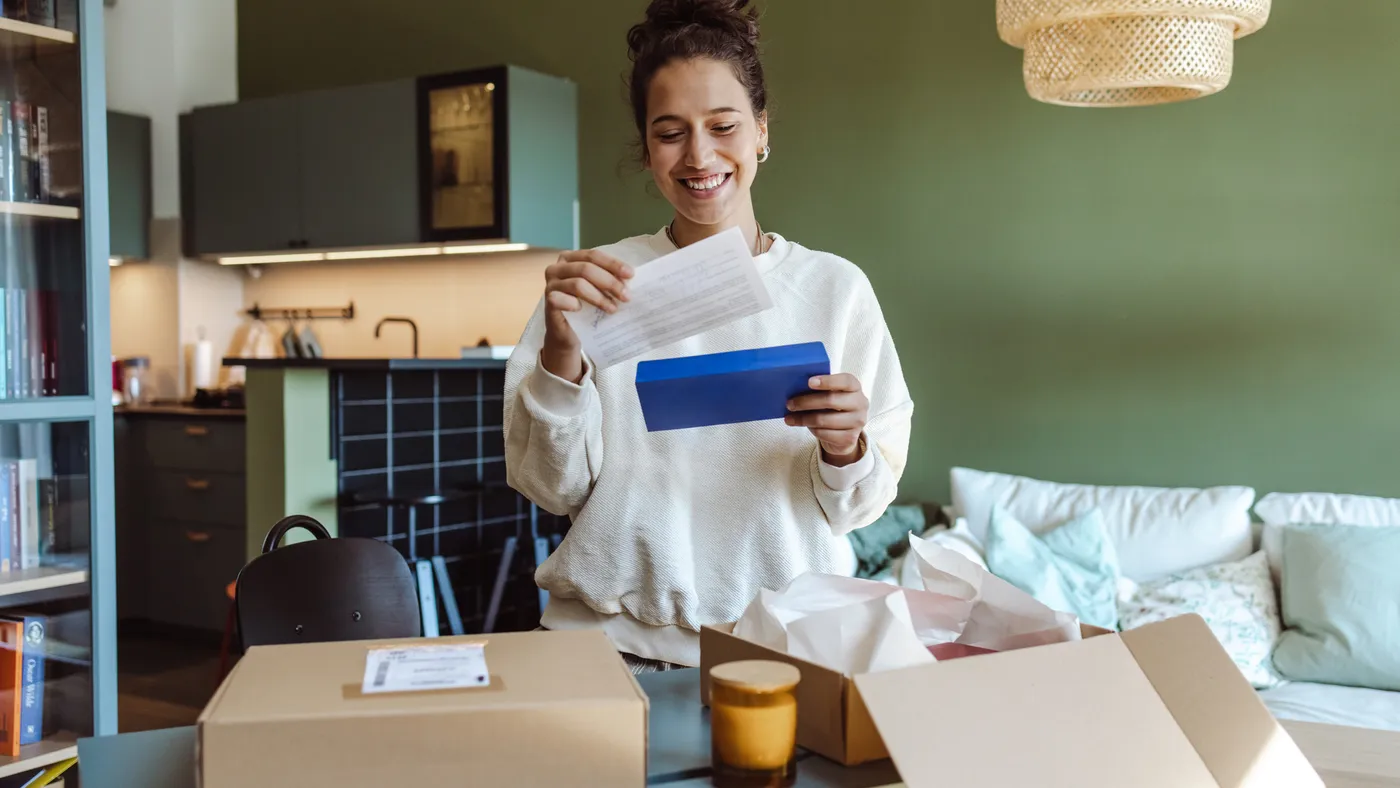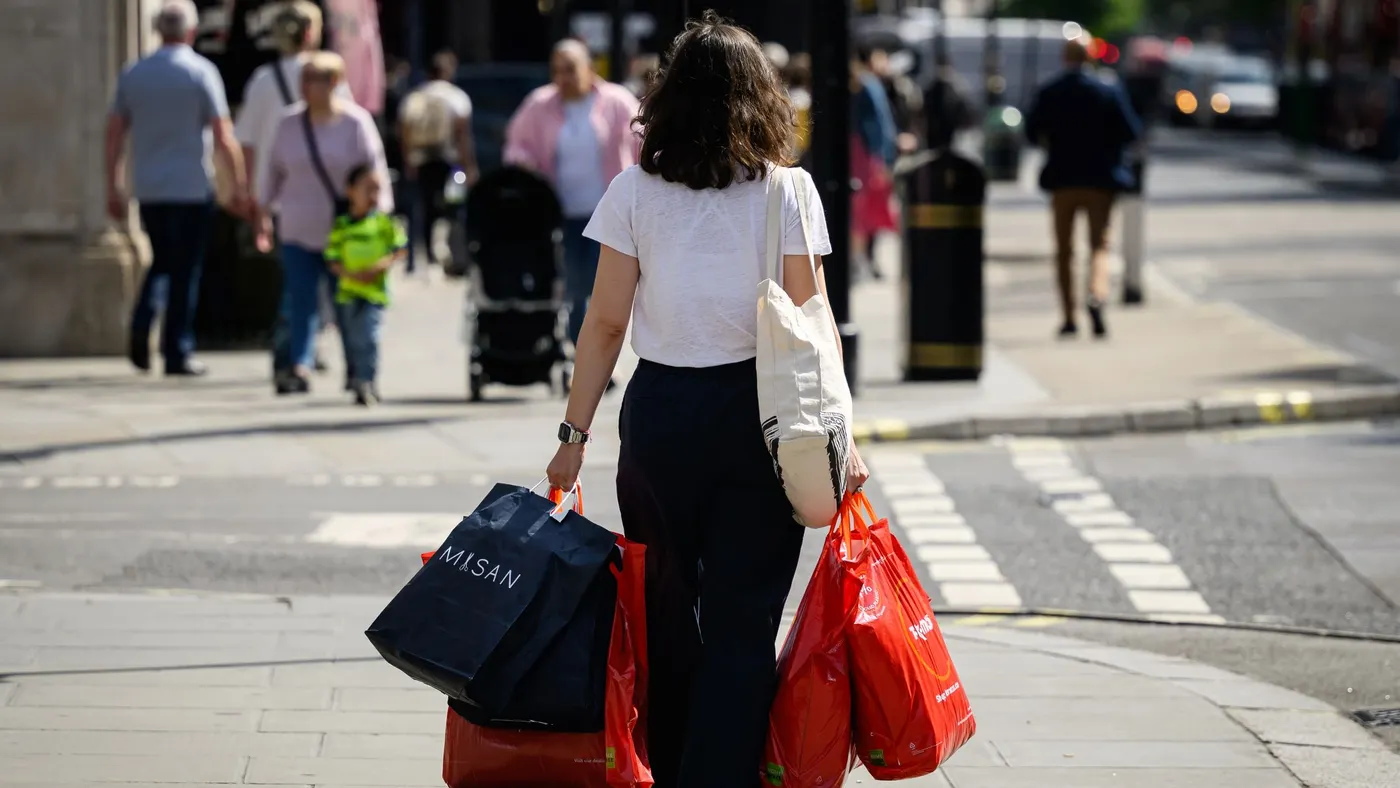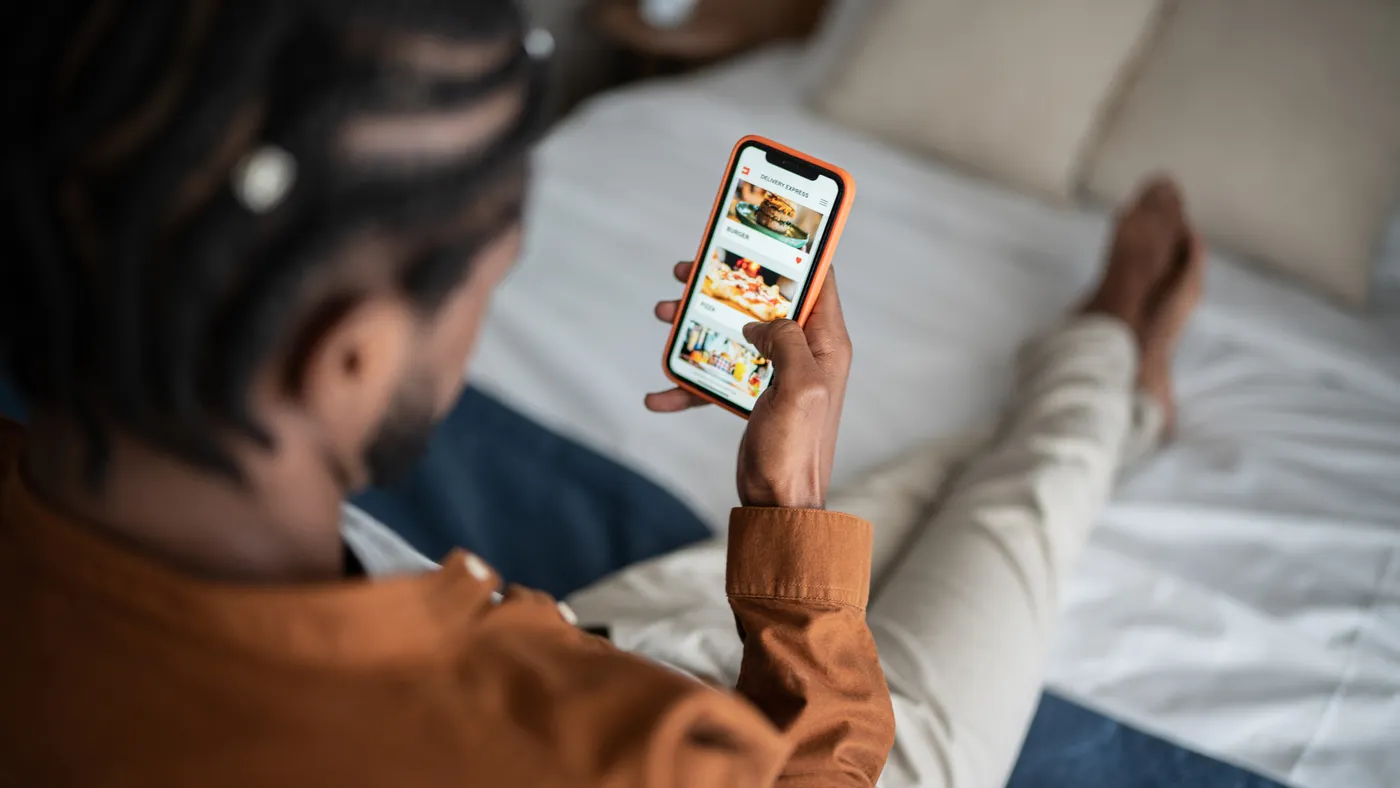
Ulta Beauty has big plans for its personalization efforts in 2025
NEW YORK — A good loyalty program sets the foundation for great personalization, but the process of creating relevant experiences for each customer is its own journey.
That’s especially true at Ulta Beauty, which is looking at how to best tap into its loyalty program data to power personalization, Josh Friedman, VP of digital products at Ulta Beauty, said during a session at National Retail Federation’s Big Show conference in January. Its loyalty program has over 44 million members, and 95% of sales go through it, he said.
“We know a few things about our customer, and that's because she's willing to share them with us, and she expects that kind of personalization,” Friedman said. “She shares a lot about her shopping journey and her preferences, and we need to reply with an experience that makes it easy and relevant to shop.”
The retailer is aiming to live up to customers’ expectations with upgrades to its personalization capabilities in 2025. The company is exploring ways it can adjust team responsibilities to keep the customer front and center and improve its ability to collect and utilize information in the long term.
Personalization spans the organization
Budgets and technology are essential to any personalization effort, but the biggest change will be about the people involved in the process, according to Friedman. Ulta wants its teams to think about operations with a customer-centric lens.
The retailer’s plans include potential changes to responsibilities, roles and the overall structure of the organization.
“You need teams to think about the customer,” Friedman said. “Not about the channel, not about the product, not about the offer, but about the customer and then where all the other things lead — and that's a big change.”
Ulta’s approach is a best practice for personalization, Olivia Kwon-Best, head of digital strategy group, retail and consumer goods at Adobe, said during the session. Delivering consistent personalization is a task that spans teams across the organization, including the C-suite.
Companies with less robust capabilities than Ulta can benefit from this cross-organizational approach as well. Personalization is often a multiyear journey, and teams on the same page can be better positioned to take those all-important first steps.
One way to start is by identifying potential quick wins, according to Kwon-Best. Those initial victories can drive the momentum and excitement across the business that helps the larger personalization push succeed.
“Identify and prioritize what capabilities in those cases are going to matter most to you, and have that sequenced out,” Kwon-Best said. “Communicate it out.”
Build loyalty for a lifetime
Personalization is a vast subject, encompassing more than loyalty transaction information and product recommendations. One of Ulta’s goals is to collect more information directly from customers while exploring how that data can enhance long-term relationships.
“We need to do a better job progressively profiling our customers with full transparency and permission from them,” Friedman said. “They want to give us that data. They just need to know how, and they don’t want to spend 45 minutes doing it.”
Some of the relevant data Ulta seeks includes how customers like to use beauty products in their daily routines, according to Friedman. Data on the post-purchase experience is particularly important.
“That's where loyalty is born,” Friedman said. “Quite honestly, once checkout happens, customers are pretty forgetful about everything that happened before then unless it was negative. They want rich post-purchase experiences and genuine messaging.”
Many personalization efforts are optimized for generating clicks or revenue, but Ulta plans on exploring how personalization can better optimize for lifetime value, “which is a little harder equation to solve,” according to Friedman.
Ulta’s strategy aims to provide experiences and content that encourage customers to return in the future even if they don’t make a purchase immediately.
“We're doing things that build up your shopping habits and your preference and your loyalty to us without necessarily needing it to be a shopping trip,” Friedman said.







